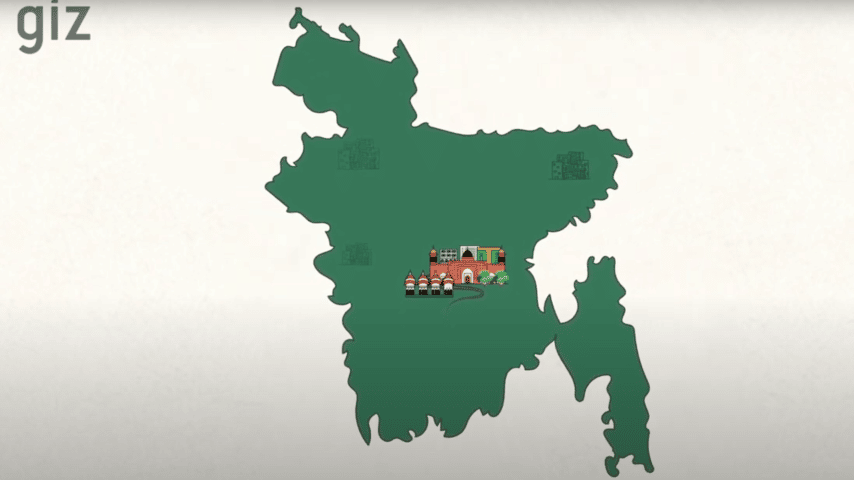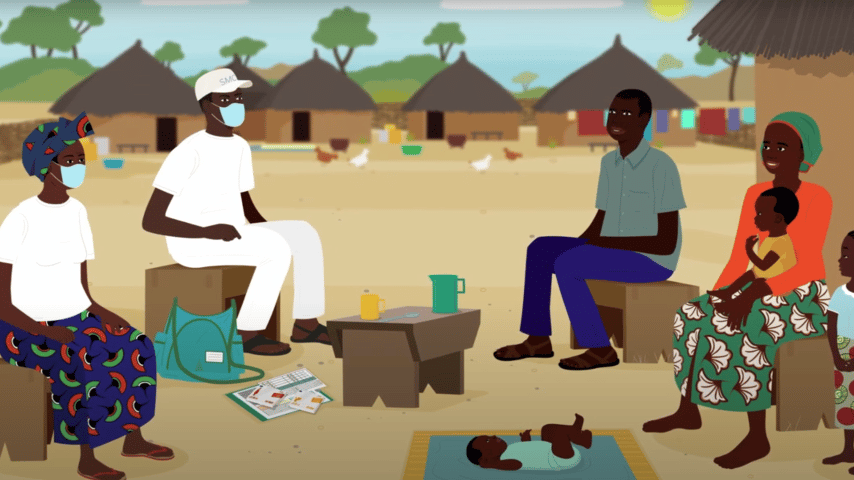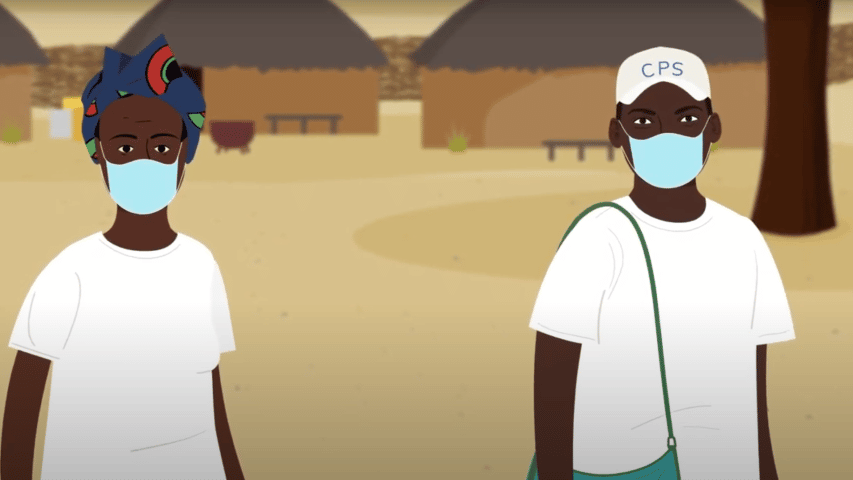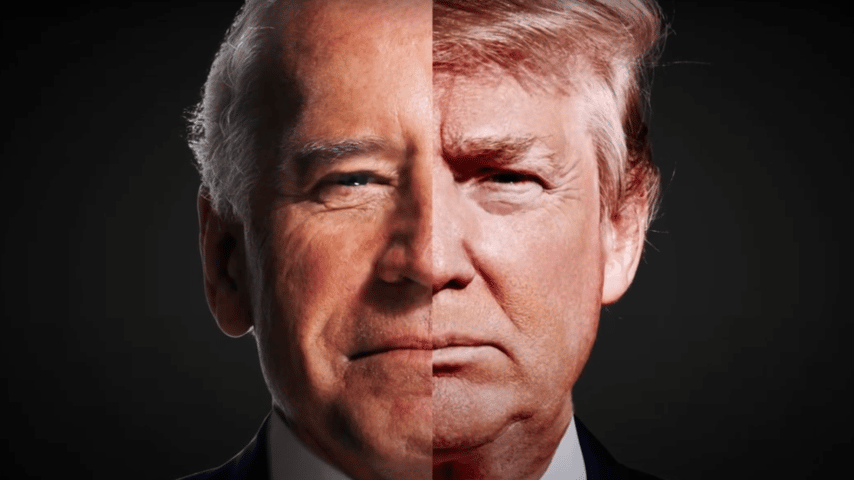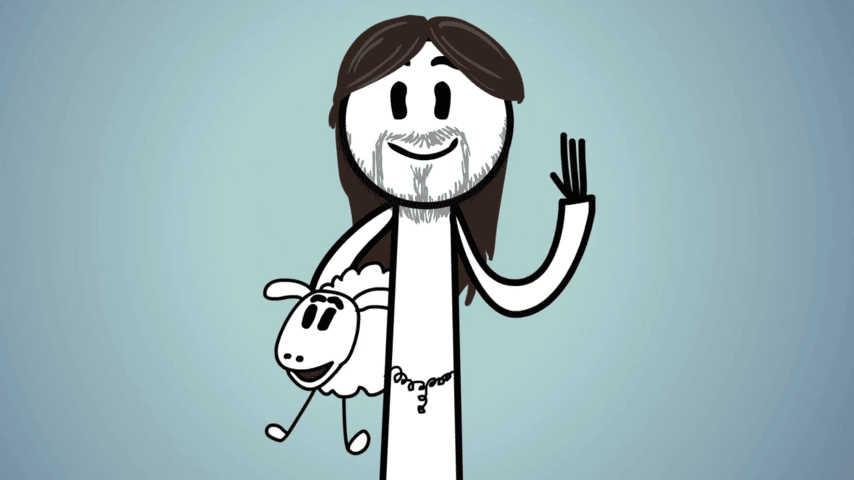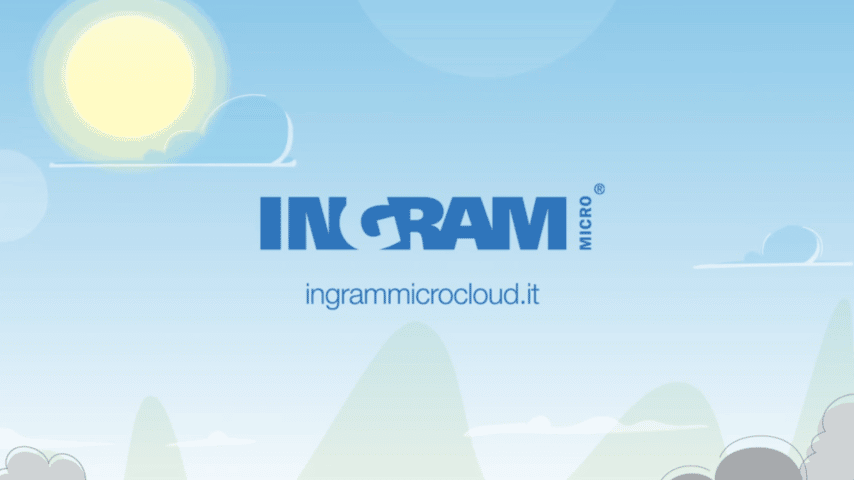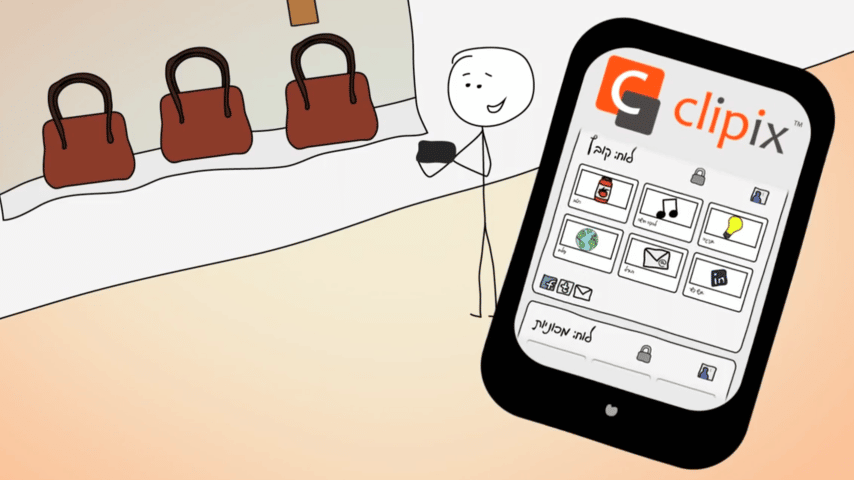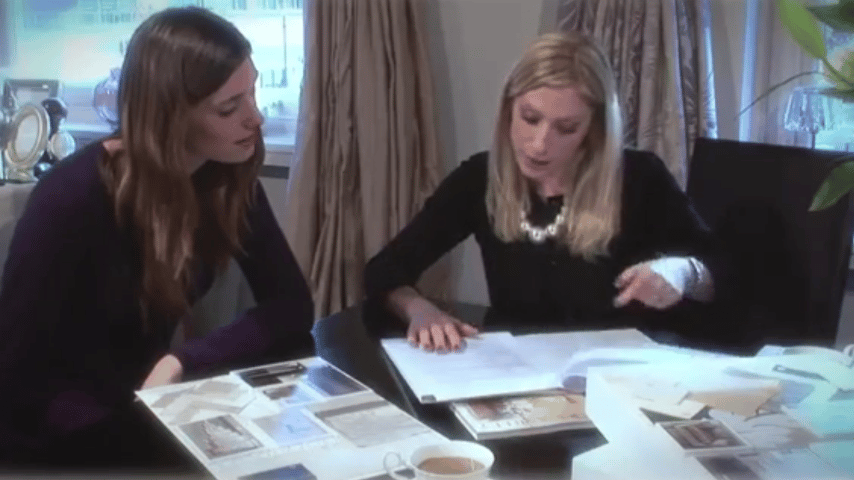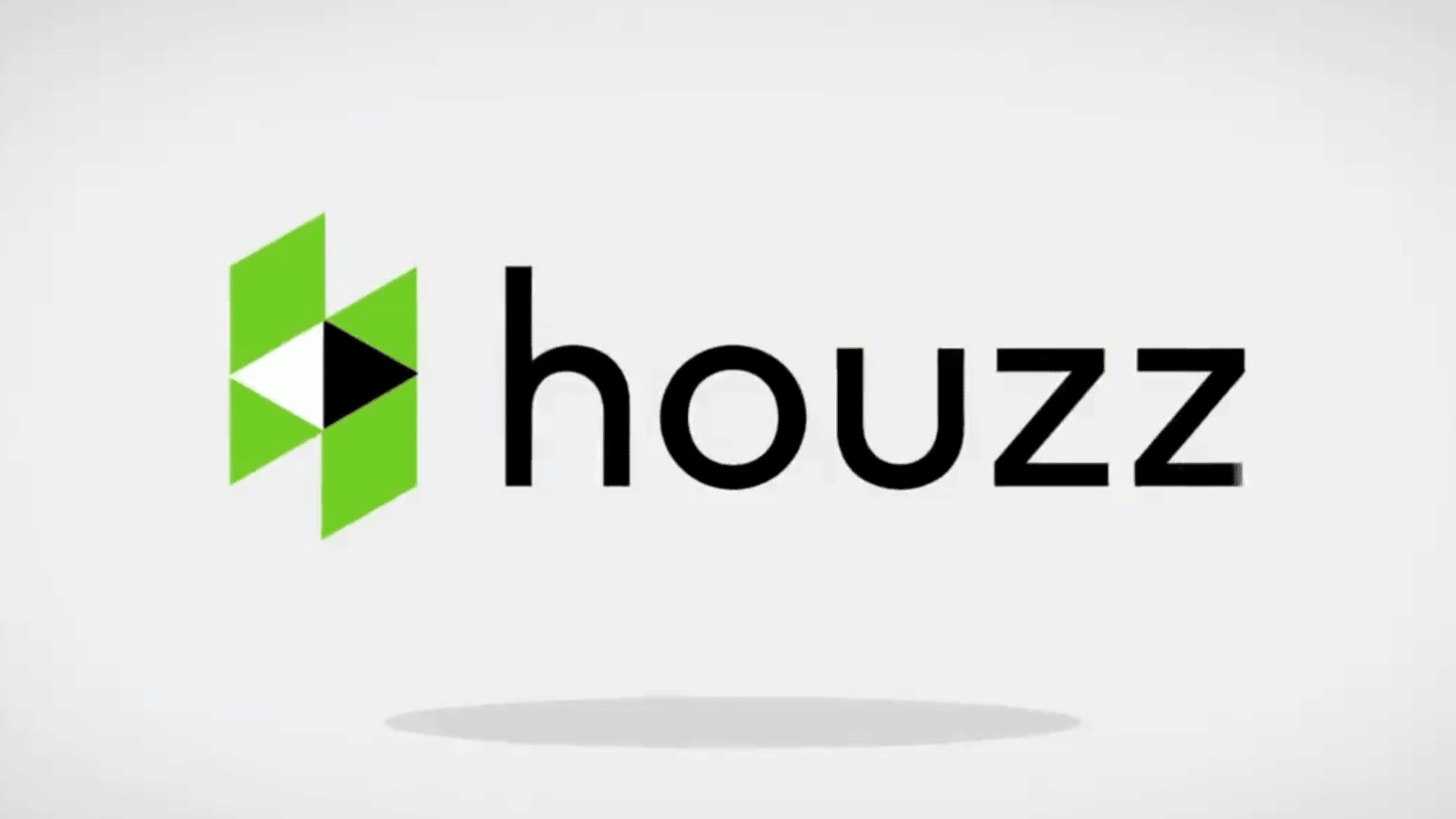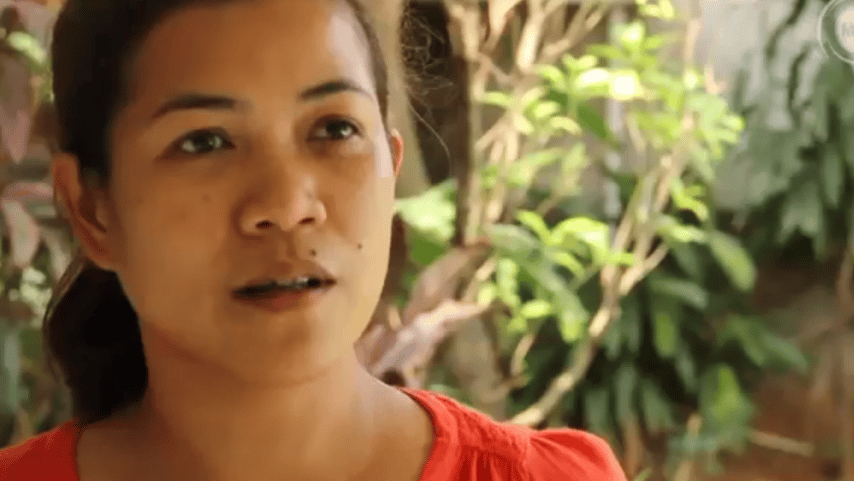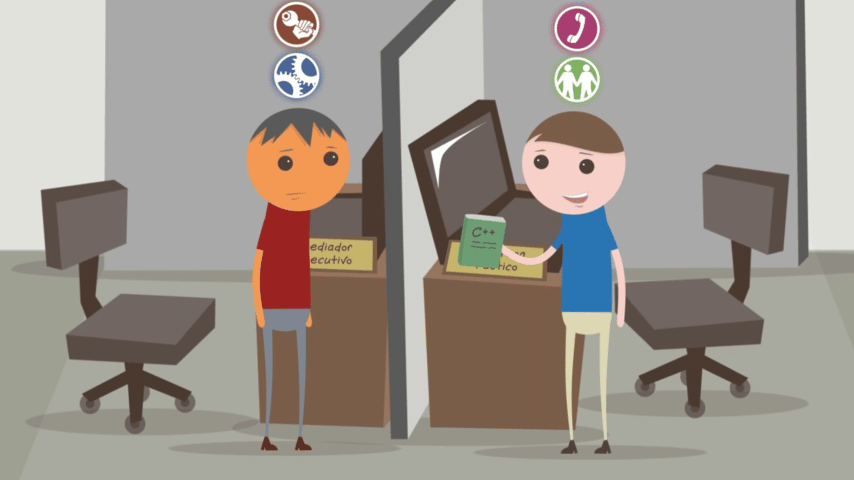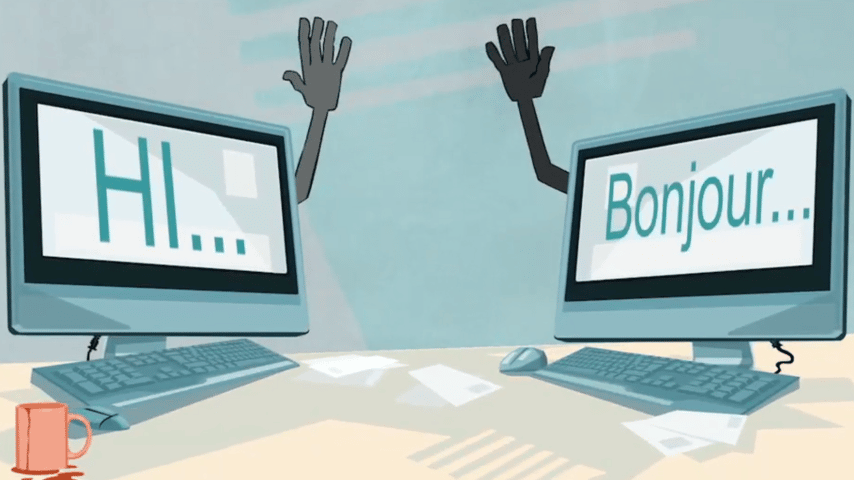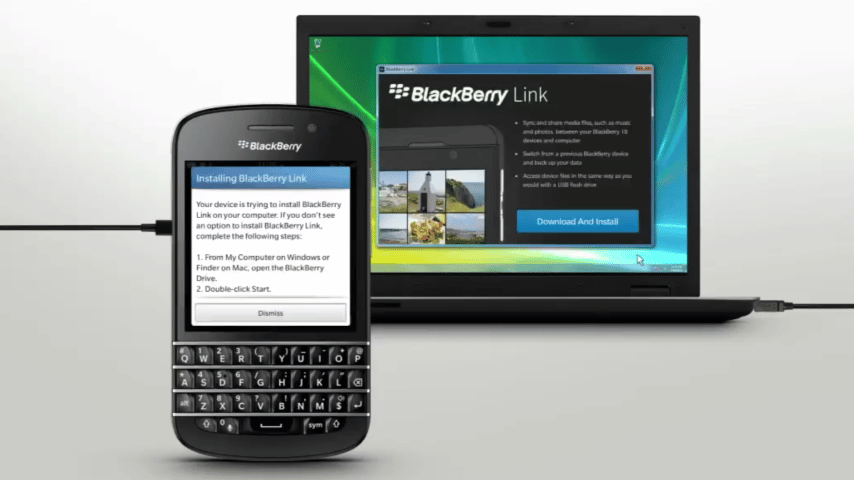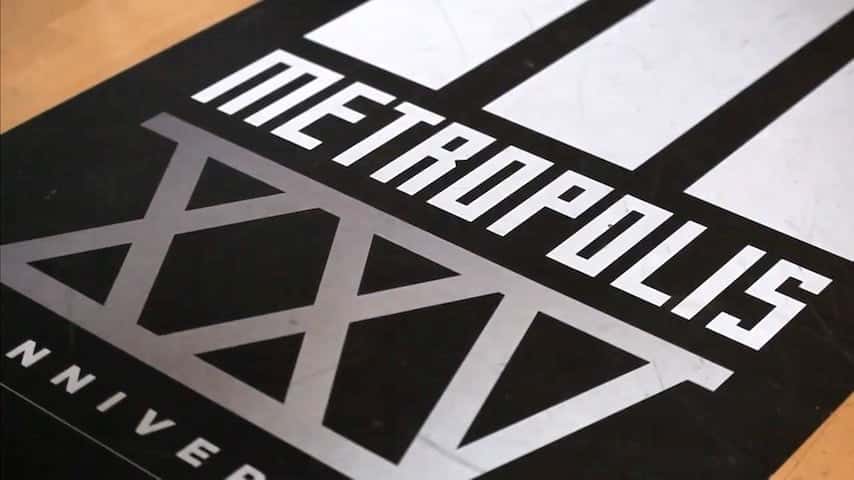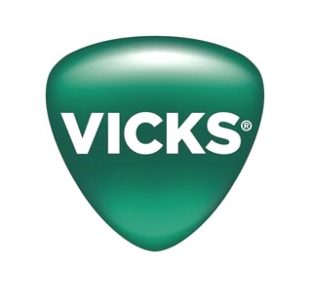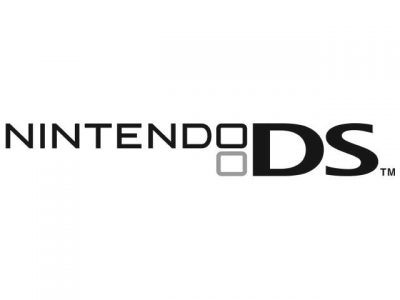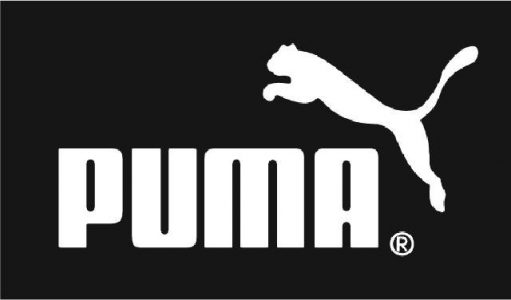Czech Voice Over Agency

You deserve the best! Leave your project to the experts at GoLocalise so that you can relax and be assured of getting top-notch results. Every single detail will be analysed, studied and looked after so that you do not need to worry. Some would say it’s not too classy to blow our own trumpet… but we just like to point out two very important details.
We have achieved ISO 9001 Quality Management certification in recognition of our consistent performance and high standards, and ISO 14001 Environmental Management because we care about our planet! And if you are still curious and want to know more about us, why not have a look at our studio page.
Learn more about our Voice Over Services
Let's get started!
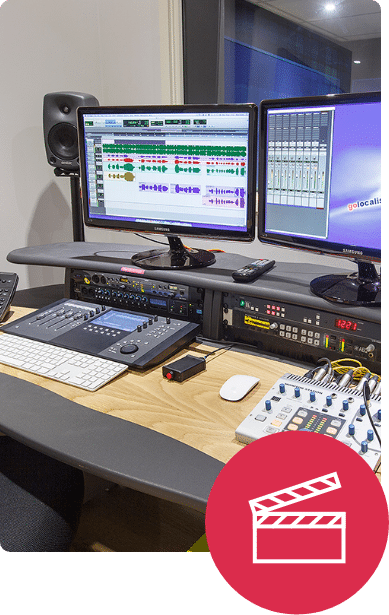
Working alongside translation & production companies
Having a strong audiovisual department on your side makes all the difference!
With GoLocalise you get an experienced and motivated team of professionals that work regularly alongside translation and production companies. We understand the technical requirements necessary to produce perfect foreign language and English voice overs. Our project managers will assist you along the way and we’ll break down the process and present it to you without the big words or technical industry jargon, so you don’t need to worry about the technical aspects and can simply concentrate on growing your business. By working with GoLocalise you’ll be able to offer additional services, i.e., voice over, subtitling and translation to your clients, with a partner who will deliver and on whom you can truly rely.
When working with translation companies we provide easy-to-follow guidelines so that you can provide your own translations for us to “convert” into subtitles, or voice over your translated scripts. Or if you prefer, we can take the entire project off your hands and keep things simple for you – it’ your call! We’re equally used to working with production companies, so we can deliver your translations or subtitles in any language and format of your choice – either burning-in the subtitles onto the video for you, or supplying you with XML or PNG files for you to do yourself – Adobe After Effects and Final Cut Pro ready files.
Reach your target market
Don’t leave your important communication to chance. Make sure your message is clearly understood by
your audience and choose GoLocalise for your next voice over project.
We have thousands of passionate and professional voice over artists ready to work with you. No matter the type of voice you are looking for, we’ll either have it in our books or find it and source it for you. We’ll organise a casting and ensure you get the perfect voice to suit your needs.
You will also benefit from having your own dedicated project manager – a single point of contact – to guide you through your project, answer any questions you may have and make things a whole lot easier.
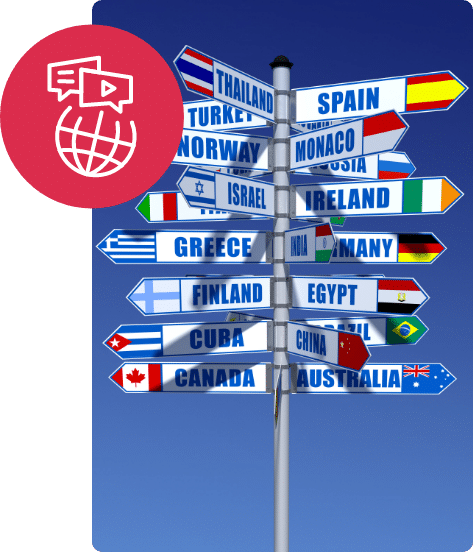

Meet your dedicated project manager
Your project will be in the safe hands of one of our multilingual project managers.
They will guide you through every step and ensure you understand the process. Our industry has a tendency to use lots of technical jargon but your dedicated project manager will be on-hand to untangle the mess and explain all you need to know to ensure you only pay for what you need.
If you need help in choosing the right voice over talent to deliver your message then just ask your project manager. From booking our voice over recording studios to ensuring you project is delivered on time in your chosen media, relax and let your experienced project manager take care of everything. You will receive unparalleled attention to detail and customer focus at competitive prices. You’ll wish everything was as easy as a GoLocalise voice over!
Perfect voice over recording studios
Your most discerning customers will thank you for choosing our modern state-of-the-art recording studios. Every detail has been carefully thought through for your comfort, leaving you to simply focus on what matters most – the voice over session.
Your recordings will sound beautiful and crystal clear thanks to our high-end studio sound-proofing and audio equipment, i.e. ProTools HD and Neumann microphones.
Maximise your budget by reducing the need for retakes with the help of our experienced in-house sound engineers who will professionally capture and edit your audio. And for those recordings in languages which neither you nor your client speak, we’ll bring a qualified pro to your session to add that essential ingredient. To make you feel right at home, we provide high-speed Wi-Fi Internet and air-con is available. And last but not least, we have the biggest cookie jar you’ve ever seen, that’ll make your custom brew taste even sweeter!
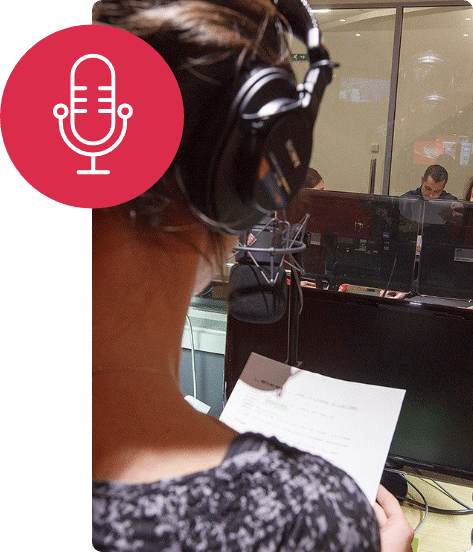
Types of Voice Over Recordings
Want to work with the best? Our dubbing and lip sync services are trusted by leading production companies, marketing and advertising agencies and TV stations from around the world.
We work in English and foreign languages, covering all international markets.
With the wide range of on-demand and online TV channels, we can help take your show, TV series or programme global with the simple addition of an English dialogue track!
Our London dubbing studios offer a full service in script translation and adaptation, casting of the voices, recording and final audio mixing of the shows so that they are ready for broadcast.
Are you looking for a voice over for your corporate video or presentation?
Then you’ve found the right place. At GoLocalise we are committed to ensuring our clients have the right tone to represent their company, service or product and we will work with you to present your message in the best possible way, so that you can impress your clients and prospects.
Once the video has been shot and edited, it’s paramount that the accompanying voice over comes across as knowledgeable about the brand and excited about the company and the services they offer. A bad voice over can make a video fall flat and impact your company’s brand and image.
Promos are a great way to launch a product or service, kick-start a campaign, make a big announcement or to just let people know about your company.
Having a great video is important, but having an engaging voice helps hammer home your message and grab the viewer’s attention.
From deep sexy voices to the “guy-next-door”, no matter what type of promo voice talent you are after, we have what you’re looking for. We are only a call or email away or, if you prefer, visit our get-a-quote page to discuss your project in detail. You can rest assured we’ll find the right promo voice over talent for your project and needs.
GoLocalise is able to provide your company with e-learning translation, localisation and voice over services, leaving you with a ready-to-host product.
You’ll benefit from an expert pool of highly-skilled linguists who have extensive experience in e-learning and a sound understanding of the particular industry sector in which you are dealing.
Our service includes the management of the entire process and delivery of content adapted to foreign markets.
The steps and services involved in any end-to-end e-learning project are: the translation of the course and on-screen text; the localisation of the course graphics; the voice over recording of the course with your preferred voice over talents; and quality control during which the localised course files are reviewed against the original files.
E-learning voice overs can be used for many applications such as training courses, step-by-step instructional and safety videos, technical information, online tutorials and many other informational and educational programmes. Whatever the application, our professional voice over talents can provide you with a clear, concise and accurate narration.
If you need a voice over to narrate your e-learning course or educational product you’ll need someone with the experience, clear diction and stamina to record large volumes of text.
Do you remember when you first started learning a foreign language?
The educational field has seen a transformation in recent years with the introduction of new technologies like smart boards and tablet apps. This transformation is especially evident in the voice over industry.
But we can all agree that the basics are still the same – a clear voice with good diction, a neutral accent, and a slow pace for better comprehension.
And while getting the right voice over talent may seem easy… we can assure you it is not. Many factors must be considered, for example, complicated words, “tongue twister” phrases, over-articulation, contractions, and lazy mouth to name a few.
Don’t leave it to chance, make sure your content is clearly understood by your audience and choose GoLocalise for your next educational voice over project. We have thousands of passionate and professional voice over artists ready to work with you in English or any foreign language.
How many times have you heard a horrible voice while on hold on the phone and felt like you just wanted to hang up?
Did you know that 90% of callers placed on hold, listening to silence, hang up within 40 seconds, and 30% of them never call back?
On-hold messaging or messages on hold is a service used by businesses and organisations of all sizes to deliver targeted information to their callers while they wait on hold or while they are being transferred.
Improve your customer experience, and choose a confident voice with tons of charm, warmth and enthusiasm to properly represent your company. We work with a great variety of companies, translating, adapting, casting the voice over talents and recording the telephone prompts.
Telephone prompts are recorded, cleaned, edited, split and labelled and delivered in the format of your choice, so you do not need to worry about anything!
Video games are not just for entertainment, but they are also used to educate users of all ages while forming strong virtual communities.
We know that the game doesn’t only have to look good and play smoothly, but also has to sound and read just right. That’s why we at GoLocalise provide all our clients with carefully selected linguists, who are not only specialists in the video game field but are also gamers themselves.
We look after every single detail when localising games into foreign languages and always use the latest glossaries for all the current video game platforms, Wii, PlayStation, Xbox, etc. so that terminology and platform word choices are always spot-on.
You’ll benefit from working with a company that provides the whole package under one roof: translation, quality control, testing and voice over services for all types of video games. The voice over process is overseen by language directors, i.e., native speakers who ensure the correct delivery, pronunciation and intonation of the script.
By using the right voices you can keep frustrated players motivated!
Learn more about Voice Over Services
Let's get started!
Voice Over Case Study
Crafting Authenticity in Localisation: A Czech Voiceover Production
Client Profile: Our recent project, entailing multiple videos, saw us engaging deeply with our Czech voiceover talent. The objective was to satisfy the client’s comprehensive specifications while ensuring the content’s relevance and appeal to their target demographic.
Project Overview: Localisation is a nuanced process, often presenting unique challenges, particularly when aligning a project’s stylistic elements with market appropriateness. Our team is dedicated to overcoming such challenges, consistently delivering products that not only meet our high standards but also resonate with the client’s expectations.
Our Approach: The project demanded precise phrase syncing with the original English guide voice, characterised by a mild Cockney accent. This required a creative approach to adapt the “sportsman’s speech” style into the Czech language while retaining the essence of the original.
Execution: We drew upon our extensive experience in voiceover localisation, granting our Czech talent the artistic freedom to capture the spirit of the characters portrayed. This ensured the voiceover resonated with authenticity and engagement.
Quality Assurance: The accuracy of our translation was pivotal in the smooth operation of the recording sessions. It was this precision that facilitated a seamless and enjoyable process for all involved.
Outcome: The result was a series of Czech-dubbed videos that were not only technically sound but also culturally attuned. The project was an enjoyable collaboration, culminating in content that we, the client, and the viewers could appreciate.
Experience the Localised Content: The finished videos, available for viewing on this page, showcase the meticulous care and vibrant energy invested in this Czech voiceover project.

Price Match Promise
Challenge Our Prices, Enjoy Our Quality
A Brief History Of Czech
Czech formerly known as Bohemian (/bəʊˈhiːmɪən/; lingua Bohemica in Latin), is a West Slavic language spoken by over 10 million people. It is the official language in the Czech Republic (where most of its speakers live), and has minority language status in Slovakia. Czech’s closest relative is Slovak, with which it is mutually intelligible. It is closely related to other West Slavic languages, such as Silesian and Polish, and more distantly to East Slavic languages such as Russian. Although most Czech vocabulary is based on shared roots with Slavic and other Indo-European languages, many loanwords (most associated with high culture) have been adopted in recent years.
The language began in its present linguistic branch as Old Czech before slowly dwindling in importance, dominated by German in the Czech lands. During the mid-eighteenth century, it experienced a revival in which Czech academics stressed the past accomplishments of their people and advocated the return of Czech as a major language. It has changed little since this time, except for minor morphological shifts and the formalization of colloquial elements.
Its phoneme inventory is moderate in size, comprising five vowels (each short or long) and twenty-five consonants (divided into “hard”, “neutral” and “soft” categories). Words may contain uncommon (or complicated) consonant clusters, including one consonant represented by the grapheme ř, or lack vowels altogether. Czech orthography is simple, and has been used as a model by phonologists.
As a member of the Slavic sub-family of the Indo-European languages, Czech is a highly inflected fusional language. Its nouns and adjectives undergo a complex system of declension for case, number, gender, animacy and type of ending consonant (hard, neutral or soft). Verbs (with aspect) are conjugated somewhat more simply for tense, number and gender. Because of this inflection, Czech word order is very flexible and words may be transposed to change emphasis or form questions.
Czech is classified as a member of the West Slavic sub-branch of the Slavic branch of the Indo-European language family. This branch includes Polish, Kashubian, Upper and Lower Sorbian and Slovak. Slovak is by far the closest genetic neighbor of Czech, and the languages are closer than any other pair of West Slavic languages (including Upper and Lower Sorbian, which share a name by association with an ethnic group).
The West Slavic languages are spoken in an area classified as part of Central Europe. Except for Polish they differ from East and South Slavic languages by their initial-syllable stress, and from other West Slavic languages by a more-restricted distinction between “hard” and “soft” consonants.
Czech and Slovak have been considered mutually intelligible; speakers of either language can communicate with greater ease than those of any other pair of West Slavic languages. Since the dissolution of Czechoslovakia mutual intelligibility has declined for younger speakers, probably because Czech speakers now experience less exposure to Slovak and vice versa.
The languages have not undergone the deliberate highlighting of minor linguistic differences in the name of nationalism as has occurred in the Bosnian, Serbian and Croatian standards of Serbo-Croatian. However, most Slavic languages (including Czech) have been distanced in this way from Russian influences because of widespread public resentment against the former Soviet Union (which occupied Czechoslovakia in 1968). Czech and Slovak form a dialect continuum, with great similarity between neighboring Czech and Slovak dialects. (see “Dialects” below).
In phonetic differences, Czech is characterized by a glottal stop before initial vowels and Slovak by its less-frequent use of long vowels than Czech; however, Slovak has long forms of the consonants r and l when they function as vowels. Phonemic differences between the two languages are generally consistent, typical of two dialects of a language. Grammatically, although Czech (unlike Slovak) has a vocative case both languages share a common syntax.
One study showed that Czech and Slovak lexicons differed by 80 percent, but this high percentage was found to stem primarily from differing orthographies and slight inconsistencies in morphological formation; Slovak morphology is more regular (when changing from the nominative to the locative case, Praha becomes Praze in Czech and Prahe in Slovak). The two lexicons are generally considered similar, with most differences in colloquial vocabulary and some scientific terminology. Slovak has slightly more borrowed words than Czech.
The similarities between Czech and Slovak led to the languages being considered a single language by a group of 19th-century scholars who called themselves “Czechoslavs” (Čechoslováci), believing that the peoples were connected in a way which excluded German Bohemians and (to a lesser extent) Hungarians and other Slavs. During the First Czechoslovak Republic (1918–1938), although “Czechoslovak” was designated as the republic’s official language both Czech and Slovak written standards were used. Standard written Slovak was partially modeled on literary Czech, and Czech was preferred for some official functions in the Slovak half of the republic. Czech influence on Slovak was protested by Slovak scholars, and when Slovakia broke off from Czechoslovakia in 1938 as the Slovak State (which then aligned with Nazi Germany in World War II) literary Slovak was deliberately distanced from Czech. When the Axis powers lost the war and Czechoslovakia reformed, Slovak developed somewhat on its own (with Czech influence); during the Prague Spring of 1968, Slovak gained independence from (and equality with) Czech. Since then, “Czechoslovak” refers to improvised pidgins of the languages which have arisen from the decrease in mutual intelligibility.
What our happy customers say
Patricia Leon-Fedorko
Account Specialist at Advanced Language
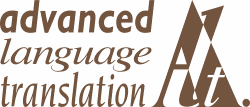
Adam Ruddick
Head of Production at Casual Films
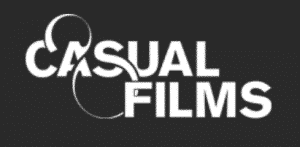
Kerry Gillies
Director at Synergy Language Services

Jonathan Lapps
Account Manager at Epipheo
Lucas Cole
Sales and Marketing Director at Epipheo
Philippa Strandberg-Long
Deputy Course Leader - Acting, Italia Conti
The Complete Solution To Adapt Your Content
Looking to get your entire project under one roof? Look no further, we can help you make life easier for you!

- Neumann Microphones
- On-hand Sound Engineers
- Talented Voice Over Actors
- State-of-the-art Recording Studios

- Tailored to Your Business
- Stringent Quality Control Process
- Laser-Focused Project Managers
- Global Network of 600+ Languages

- Professional Subtitlers
- Open/Closed Captions & Web
- Industry-Standard Software
- Subtitle Burn-in & Graphic Editing

- Improve accessibility
- Reach a wider audience
- Increased SEO and video views
- Maximise your video's engagement

